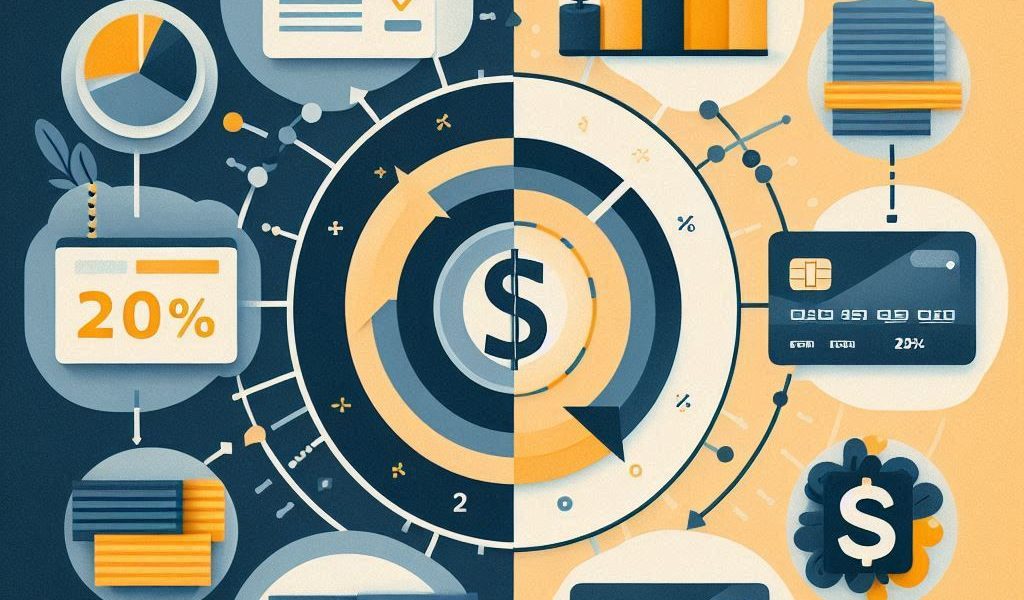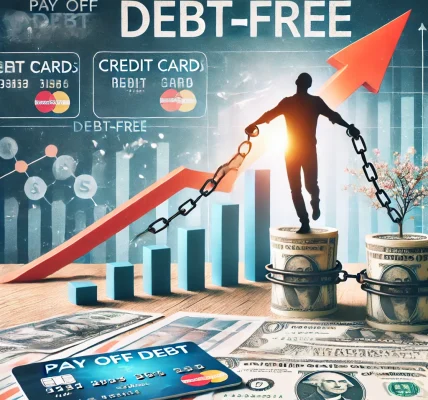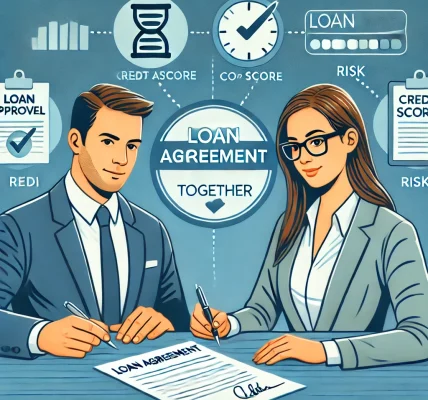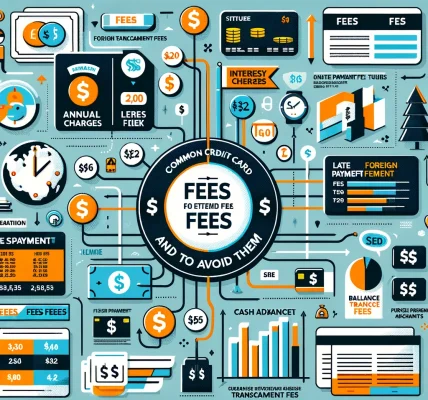Introduction
When it comes to managing debt, two common financial tools people consider are personal loans and credit cards. Both options can provide quick access to funds, but they work in different ways and come with distinct advantages and drawbacks. Choosing the right one depends on factors like interest rates, repayment terms, and financial discipline.
This guide will help you understand the key differences between personal loans and credit cards, so you can make an informed decision on the best way to manage your debt effectively.
Understanding Personal Loans
A personal loan is a fixed amount of money borrowed from a lender, repaid in monthly installments over a set period. These loans typically have fixed interest rates, meaning the monthly payment stays the same throughout the loan term.
Pros of Personal Loans
✅ Lower Interest Rates – Compared to credit cards, personal loans usually have lower interest rates, especially for borrowers with good credit. ✅ Fixed Monthly Payments – Predictable payments help with budgeting and financial planning. ✅ Structured Repayment – Loan terms range from 12 to 60 months, ensuring a set timeline for becoming debt-free. ✅ Higher Borrowing Limits – Lenders may approve larger loan amounts compared to credit card limits. ✅ Debt Consolidation Benefits – Can be used to combine multiple debts into one loan with a lower interest rate.
Cons of Personal Loans
❌ Origination Fees – Some lenders charge fees for processing the loan. ❌ Fixed Terms – You must commit to a fixed repayment schedule, limiting flexibility. ❌ Longer Approval Time – Approval can take days or weeks compared to instant credit card approvals.
Understanding Credit Cards
A credit card is a revolving line of credit, meaning you can borrow up to a set limit and repay it flexibly. Interest is charged on the unpaid balance after the billing cycle.
Pros of Credit Cards
✅ Flexibility – Borrow only what you need and repay at your convenience. ✅ Rewards & Cashback – Many credit cards offer rewards, travel points, or cashback on purchases. ✅ Instant Access to Credit – Approved credit cards provide immediate access to funds. ✅ No Interest on Full Payment – If you pay off your balance each month, you avoid interest charges. ✅ Emergency Financial Backup – Ideal for short-term borrowing or unexpected expenses.
Cons of Credit Cards
❌ High Interest Rates – Credit cards typically have 15%–30% APR, much higher than personal loans. ❌ Temptation to Overspend – Easy access to credit can lead to excessive spending and debt. ❌ Minimum Payments Trap – Paying only the minimum can keep you in debt for years with high interest costs. ❌ Variable Interest Rates – Rates can fluctuate, making it harder to predict costs.
Comparing Personal Loans and Credit Cards
| Feature | Personal Loans | Credit Cards |
|---|---|---|
| Interest Rates | Lower (6%–36%) | Higher (15%–30%) |
| Repayment Term | Fixed (1–5 years) | Revolving |
| Monthly Payments | Fixed | Variable |
| Flexibility | Less flexible | Highly flexible |
| Approval Time | Days to weeks | Instant to a few days |
| Credit Score Impact | Positive if paid on time | Can be negative if balance remains high |
When to Choose a Personal Loan
A personal loan is a better option if:
- You have a large, one-time expense (e.g., medical bills, home repairs, or debt consolidation).
- You want a structured repayment plan with a fixed end date.
- You qualify for low interest rates based on your credit score.
- You prefer consistent monthly payments to avoid surprises.
Best for:
✅ Debt consolidation (combining multiple high-interest debts into one loan)
✅ Major purchases (home renovation, weddings, medical bills)
✅ Lower interest financing compared to credit cards
When to Choose a Credit Card
A credit card is a better option if:
- You need short-term financing and can repay the balance quickly.
- You want flexibility in repayment instead of a fixed schedule.
- You plan to take advantage of rewards like cashback or travel points.
- You are financially disciplined and can pay off the balance each month to avoid interest.
Best for:
✅ Everyday expenses (groceries, bills, online shopping)
✅ Short-term borrowing (unexpected expenses you can pay off soon)
✅ Building credit by maintaining a low balance and making timely payments
Debt Management Tips
Regardless of whether you choose a personal loan or a credit card, follow these best practices for debt management:
💡 Make Timely Payments – Always pay at least the minimum due to avoid penalties and credit score damage. 💡 Avoid Carrying High Balances – Keep credit card utilization below 30% of your limit. 💡 Compare Interest Rates – Look for low APR personal loans or 0% intro APR credit card offers. 💡 Set a Repayment Plan – If using a credit card, ensure you can pay it off within a few months. 💡 Monitor Your Credit Report – Check for errors and dispute them to maintain a healthy credit score.
Conclusion: Which is Right for You?
Choosing between a personal loan and a credit card depends on your financial goals and spending habits.
👉 Choose a Personal Loan if you need a structured repayment plan, lower interest rates, and a larger lump sum of money.
👉 Choose a Credit Card if you need flexible, short-term borrowing, can pay off the balance quickly, and want rewards or cashback benefits.
📢 Final Thought: Before making a decision, compare lenders, interest rates, and terms to ensure you pick the best option for your financial needs.




